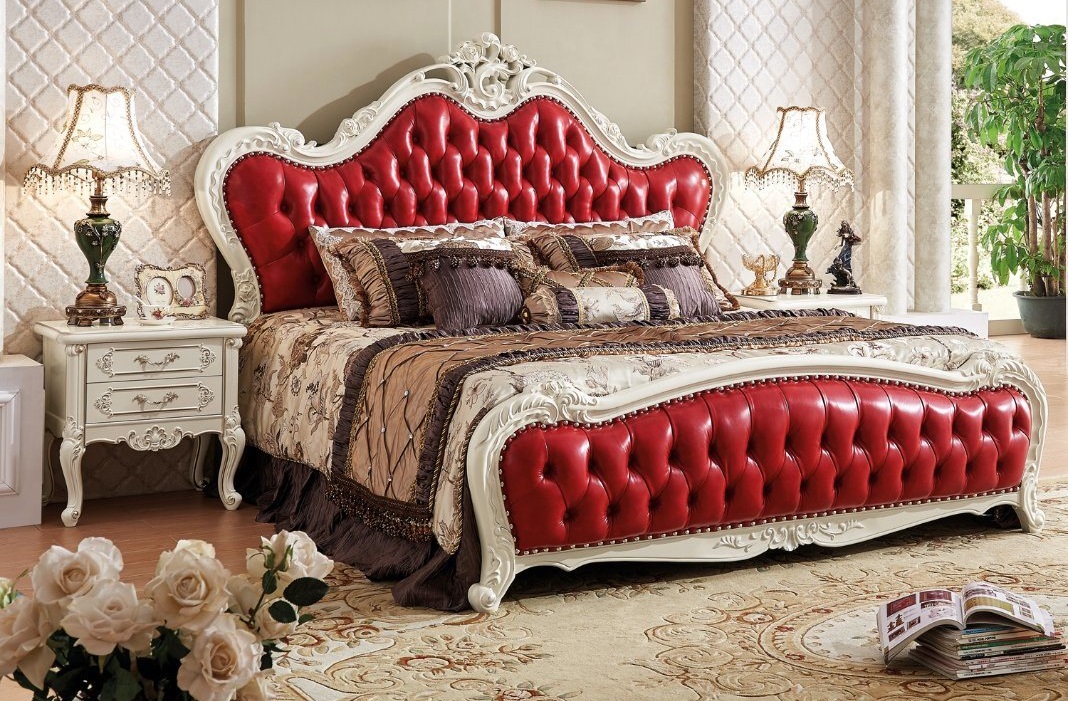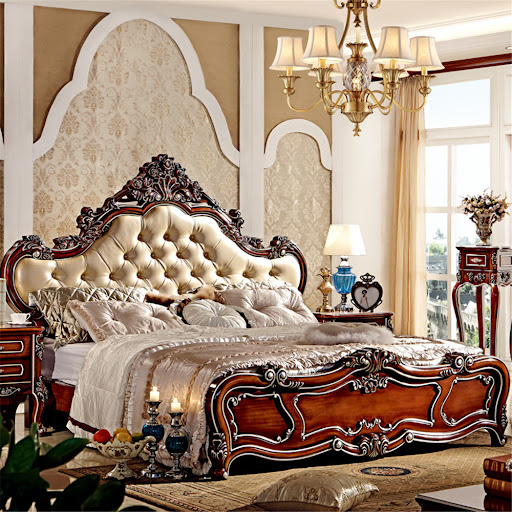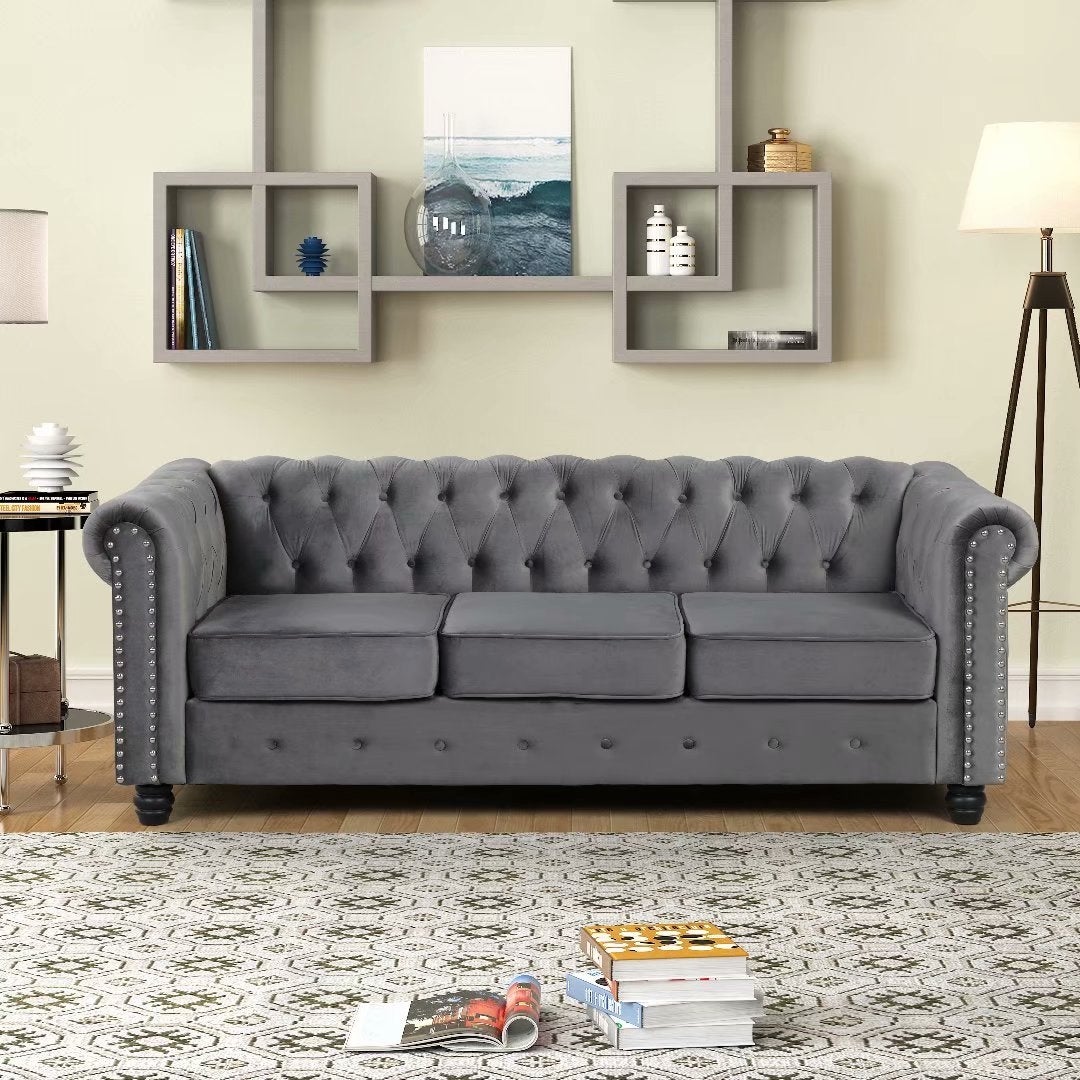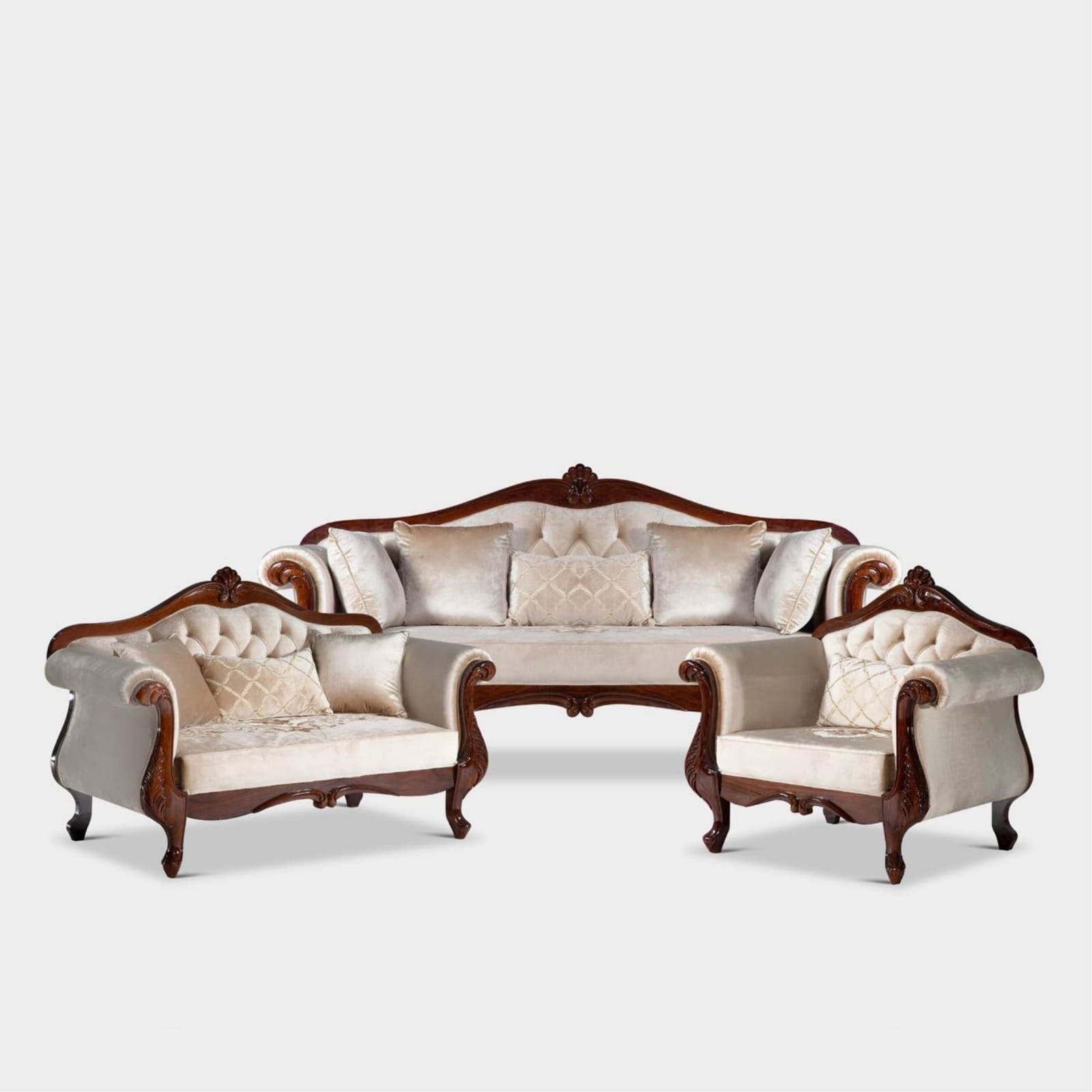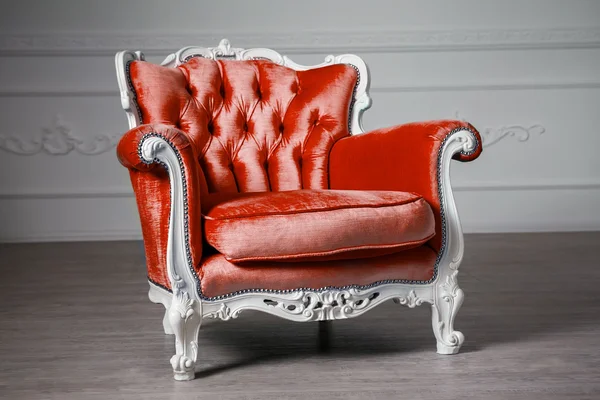myStyle
Furniture
Furniture style encompasses design motifs, materials, and forms, reflecting cultural, historical, and aesthetic influences in interior decor and architecture.
About Pakistani Furniture
Pakistani furniture reflects a rich cultural heritage and diverse craftsmanship, blending traditional techniques with contemporary designs. Influenced by Mughal, Persian, and Islamic art, Pakistani furniture often features intricate carvings, inlay work, and vibrant colors. Wood, particularly sheesham (rosewood), teak, and walnut, is the primary material used in crafting Pakistani furniture. Skilled artisans handcraft each piece, paying meticulous attention to detail. Common furniture items include beds, sofas, chairs, tables, and cabinets, each showcasing exquisite craftsmanship. Traditional Pakistani furniture often incorporates geometric patterns, floral motifs, and arabesque designs, reflecting the country's artistic traditions. Additionally, Islamic calligraphy is frequently featured, adding a touch of cultural significance to the pieces. In recent years, Pakistani furniture has undergone a modern transformation, with designers incorporating sleek lines, minimalist aesthetics, and innovative materials while still maintaining the essence of traditional craftsmanship. This fusion of old and new has made Pakistani furniture increasingly sought after in both domestic and international markets. Moreover, the furniture industry in Pakistan has seen significant growth, with manufacturers catering to a wide range of tastes and budgets. Export of Pakistani furniture has also expanded, showcasing the country's craftsmanship to global audiences. Overall, Pakistani furniture stands as a testament to the country's rich artistic heritage, offering a blend of tradition, innovation, and elegance in every piece.

